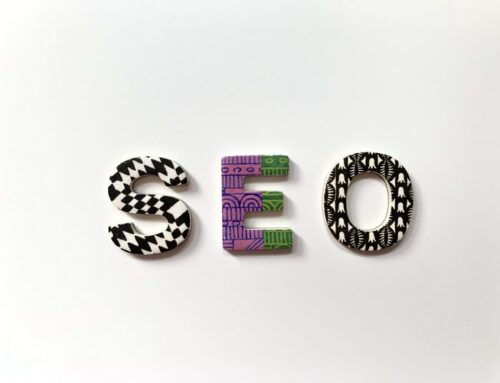They say the eyes are the windows to the soul, and similarly our websites are the windows to our businesses. At first glance, a website might not seem that important, but its construction and design make an impact on our customers. We compiled a list of web design best practices to raise the status of your current site and fix the issues which might be plaguing it, costing you sales.
#1 Don’t forget mobile.
Mobile optimized browsing and cross-platform usability ensures your site functions properly for every user. Though many designers in the past focused only on the desktop experience, the mobile revolution demanded that we now accommodate tablet and smartphone readers. Surprisingly, this revelation remains a mystery to many business owners. Shifting your website design to a responsive layout not only looks better aesthetically, it also increases your viewership and, for something like an e-commerce site, your revenue.
#2 Design with the user In mind.
No one wants to visit a website and become confused by a clunky navigation bar or imperceptible body of text. The aim of a website, as with any design, is to present a theme or information in an aesthetically pleasing manner. You look for a customer to visit your site and think to themselves, “I’m not sure why, but I love this website.” Some websites even choose usability over design aesthetics. Take Craigslist.org, for instance. It’s a sparse, dated design, but it works because it’s easy to use. If you perfect the user experience of your site, everything else falls neatly into place.
#3 Make it functional, but not “gimmicky.”
Function in web design refers to either the backend function—are there javascript errors or broken links—or the frontend function—the consistency of your design and its ease of use. A truly functional design marries these two aspects of your site effortlessly, resulting in a fully functional, cohesive structure. It’s easy to go overboard, though, especially on the frontend. Sure, animations are fun, but you don’t want the visitor to become distracted, or even worse, put off by your design. In summary, keep the gimmicks to a minimum for a lower bounce rate and better functionality.
#4 Reduce site drag with optimization.
Web browsers love speed, but all too often web designers bog down their sites with heavy images and HTTP requests. Page speed is not only important to your site’s visitors, it’s important to Google, too. They offer tools to analyze page speed as part of their developers toolset and through Google Analytics. Some examples include using compression for your images and compacting javascript and css for better performance.
#5 Use balance to draw in visitors.
A balanced website speaks volumes about your business. If you’ve ever seen a website with poor color choices or weak typography pairings, you’ll know what we mean. Our websites are a reflection of our business, and first impressions carry a lot of weight. Simple, strong type and a balanced color palette works wonders for a fledgling site. Take care when choosing these elements, and create a website which makes an impact on its visitors.
Organically Interactive provides website design and development in-house. If you’re just starting your website, or if it needs a revamp, contact us for a free quote today.





 CERTIFIED EXPERT
CERTIFIED EXPERT